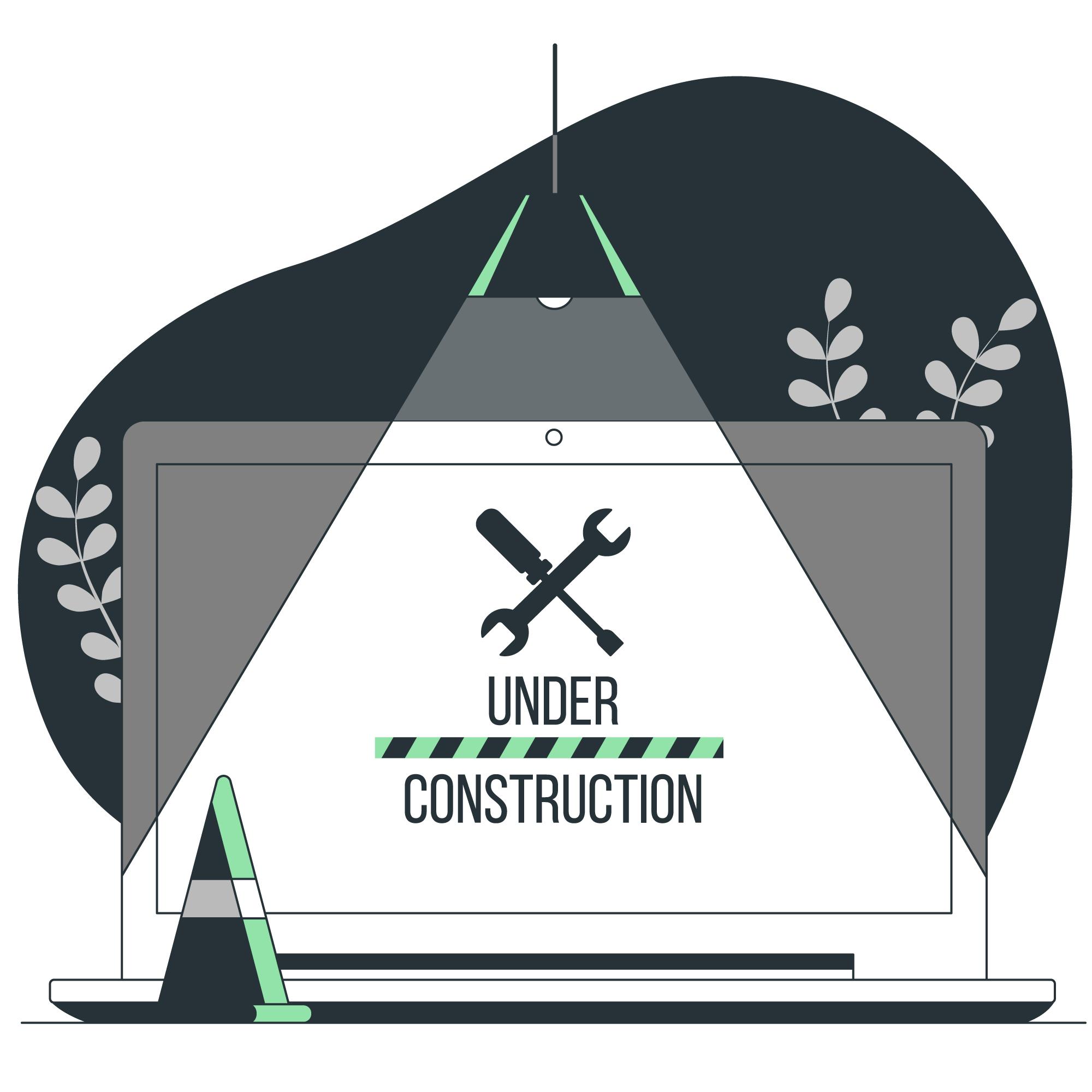
HTTP status codes are an essential part of the web. They indicate the status of a requested resource and the response of a server to a client's request. In this blog post, we will take a deep dive into all the different HTTP status codes, what they mean, and how they are used.
We've compiled a list of all HTTP status codes covering 1xx (Informational), 2xx (Success), 3xx (Redirection), 4xx (Client Error), and 5xx (Server Error) status codes. Check out the list of HTTP status codes below and see which ones you're familiar, or not-so familiar with.
1xx (Informational):
- 100 Continue
- 101 Switching Protocols
2xx (Success):
- 200 OK
- 201 Created
- 202 Accepted
- 203 Non-Authoritative Information
- 204 No Content
- 205 Reset Content
- 206 Partial Content
3xx (Redirection):
- 300 Multiple Choices
- 301 Moved Permanently
- 302 Found (Previously "Moved temporarily")
- 303 See Other
- 304 Not Modified
- 305 Use Proxy
- 306 Switch Proxy
- 307 Temporary Redirect
- 308 Permanent Redirect
4xx (Client Error):
- 400 Bad Request
- 401 Unauthorized
- 402 Payment Required
- 403 Forbidden
- 404 Not Found
- 405 Method Not Allowed
- 406 Not Acceptable
- 407 Proxy Authentication Required
- 408 Request Timeout
- 409 Conflict
- 410 Gone
- 411 Length Required
- 412 Precondition Failed
- 413 Payload Too Large
- 414 URI Too Long
- 415 Unsupported Media Type
- 416 Range Not Satisfiable
- 417 Expectation Failed
- 418 I'm a teapot
- 422 Unprocessable Entity
- 423 Locked
- 424 Failed Dependency
- 425 Too Early
- 426 Upgrade Required
- 428 Precondition Required
- 429 Too Many Requests
- 431 Request Header Fields Too Large
- 451 Unavailable For Legal Reasons
5xx (Server Error):
- 500 Internal Server Error
- 501 Not Implemented
- 502 Bad Gateway
- 503 Service Unavailable
- 504 Gateway Timeout
- 505 HTTP Version Not Supported
- 506 Variant Also Negotiates
- 507 Insufficient Storage
- 508 Loop Detected
- 510 Not Extended
- 511 Network Authentication Required
Understanding the various HTTP status codes and their meanings is essential for web developers and anyone interested in how the web operates. Whether you are working on a large scale web application or just browsing the internet, knowing the different HTTP status codes will help you better understand the responses you receive from servers.
Website Design Services
Get a free web design quote by contacting us today.
Get My Free Web Design QuoteRelated Blogs

Do I Need a Cookie Policy on my Website?
As individuals become more conscious of how their data is handled online, website owners find themselves grappling with various legal […]

WordPress Website Stuck in Maintenance Mode
If you’ve ever logged into your WordPress website and found yourself staring at a frustrating “Maintenance Mode” screen, you’re not […]

Top 5 Live Chat Solutions for Businesses
In today’s digital world, customer experience is everything, and live chat is a key component of that experience. Customers want […]